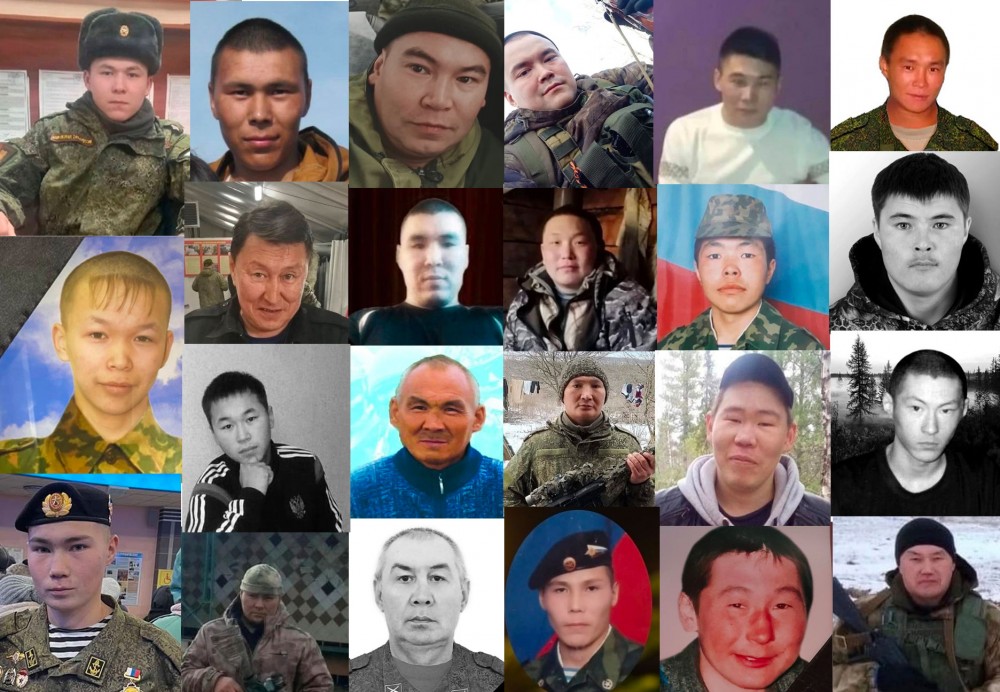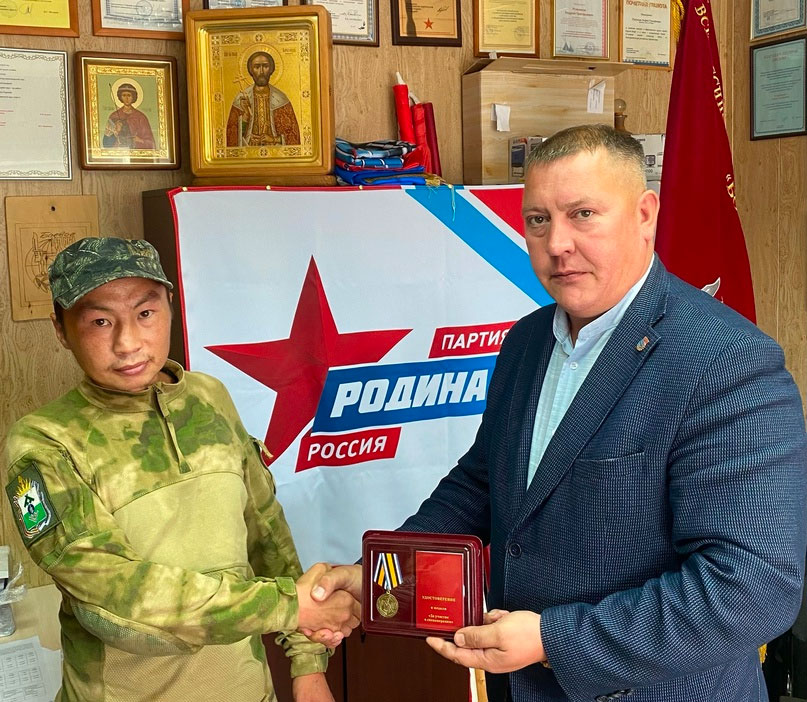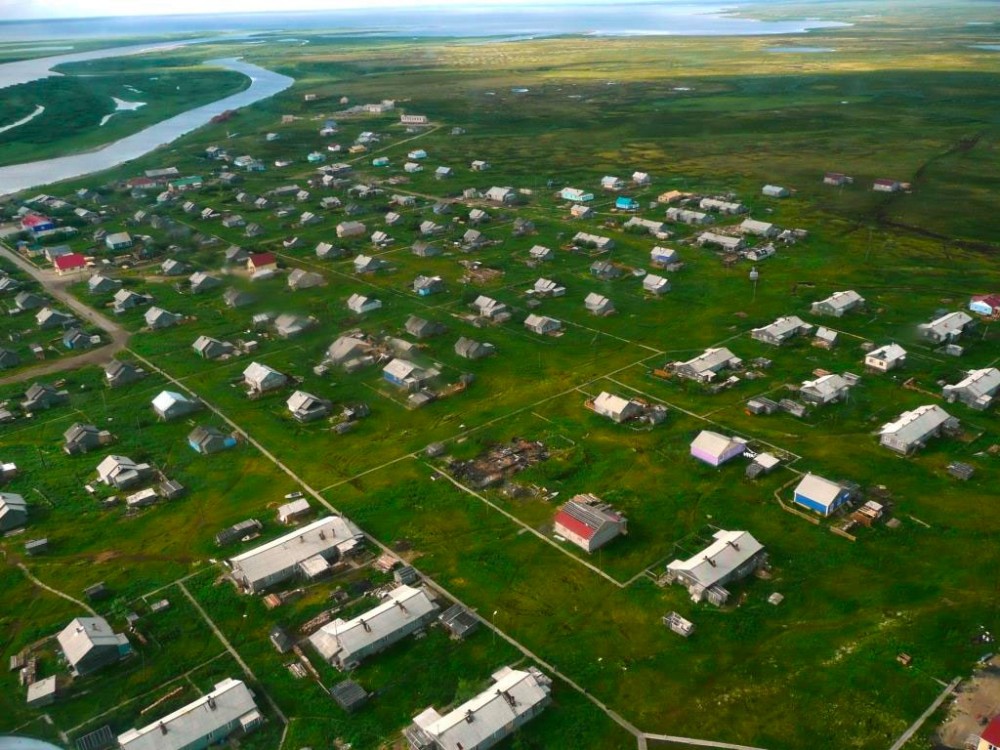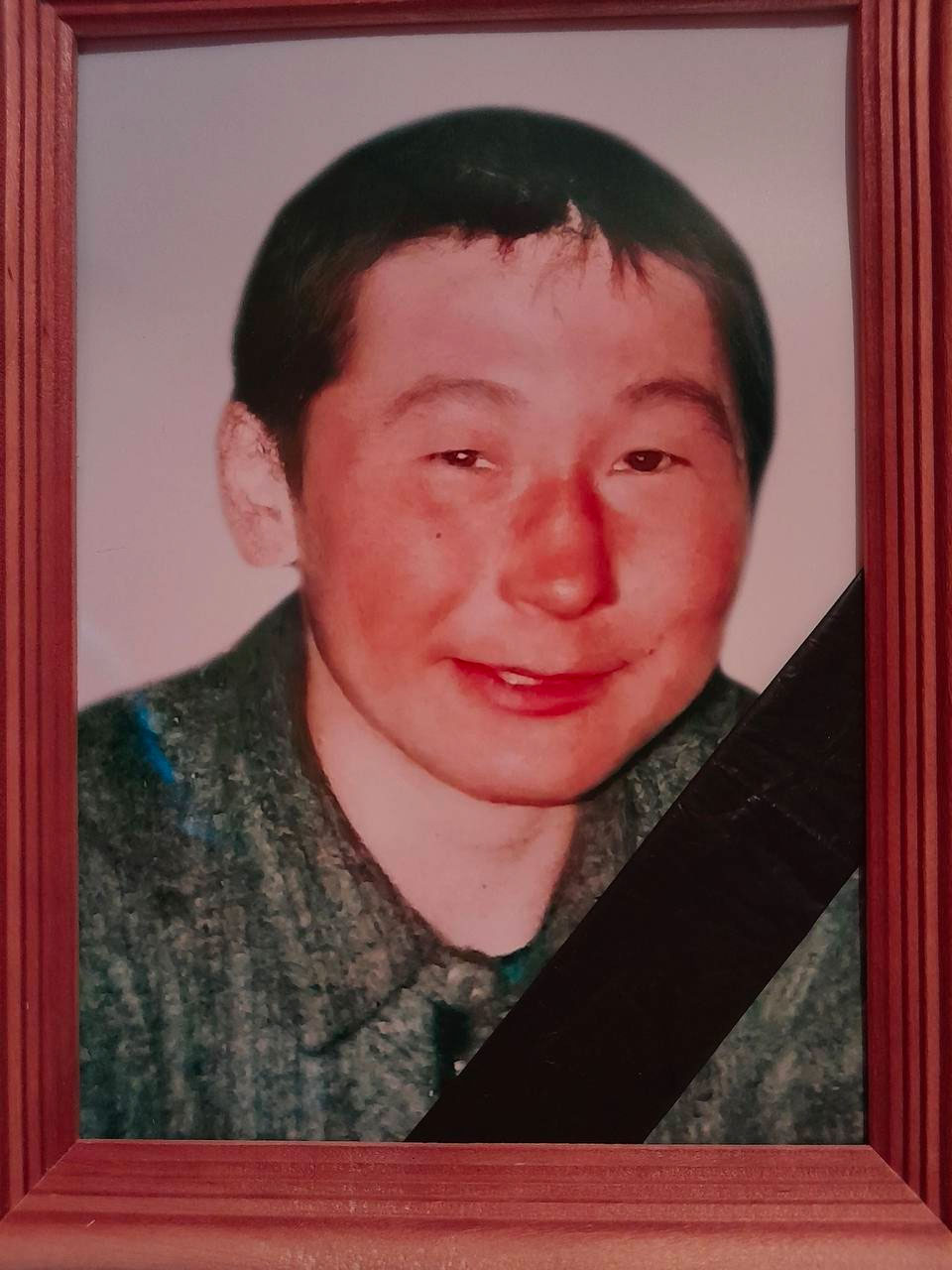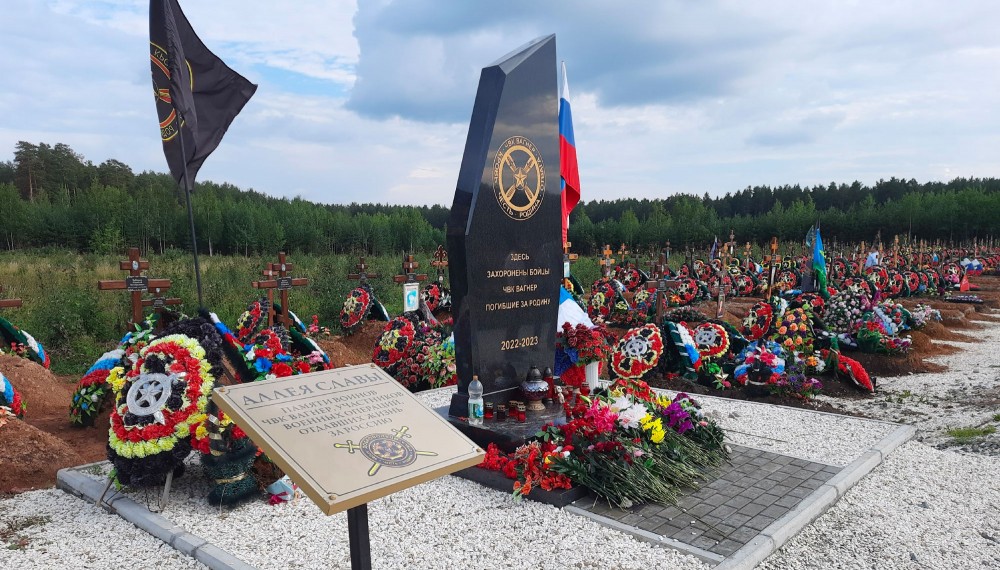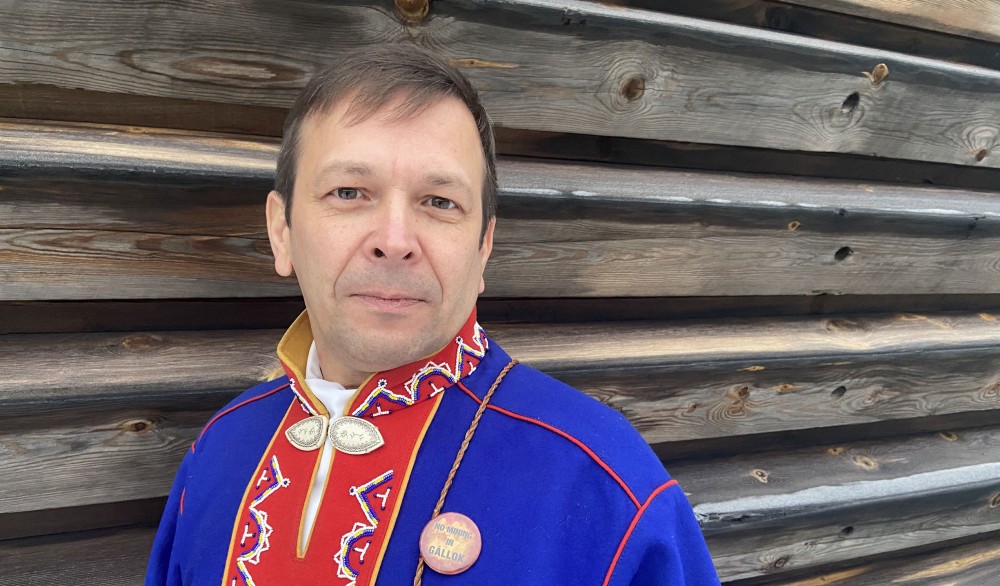After leaving Russia, the activist applied for academic leave, which NArFU refused. Ilya wrote an application for expulsion of his own free will, but a few days later he received an answer that he had already been expelled. This means that Leshukov will not be able to get reinstated on government-financed education in the future.
Olesya Krivtsova, who almost ended up in prison for “discrediting” the army and “justifying” terrorism, was also expelled. The reason was academic failure; in December 2022, she missed all of her exams as she was in detention. Later, the court chose a measure of restraint for Krivtsova, which prevented her from studying; for example, she was not allowed to use the Internet. Olesya asked for an academic leave, but she was refused under the pretext that she had missed an exam, and the detention was not a good enough reason for this.
In January, Olesya Krivtsova was placed under house arrest. She did not stop trying to go on academic leave, but NArFU demanded that she either come to the university in person or send documents by e-mail. She could not do either because of the injunction. Krivtsova asked the investigator to allow her to go to the university, but he didn’t.
In June 2023, Olesya found out about her expulsion; by that time she was already in Norway.
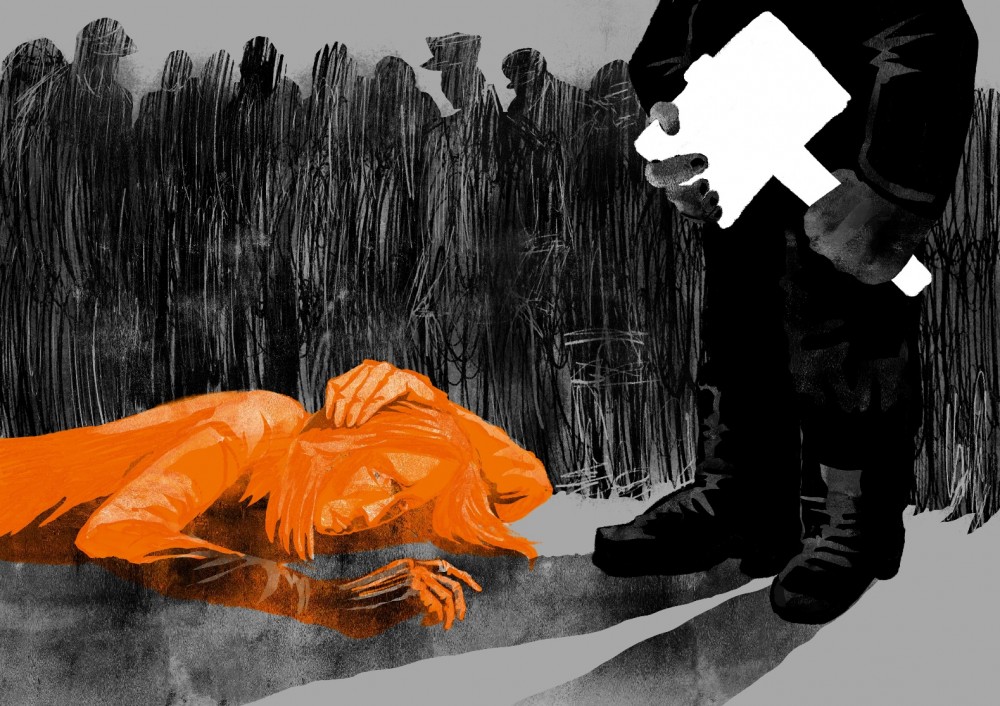
People are expelled not only from universities. For example, civil activist Andrey Kichev was in his last year at the Arkhangelsk Waterways Technical School but refused to attend the propagandist “Conversations about the Important”. In September, Kichev was detained at a rally against mobilization, where he worked as a journalist for RusNews, and was charged with “discrediting the army.” After some time, the director of the school called the young man and informed him of his expulsion.
SOTA journalist Alexander Peskov faced administrative pressure through the university even before it became mainstream. He was expelled from the medical university in 2018, at that time he was the coordinator of Navalny’s regional office.
“When I applied for reinstatement in August of the same year, I was told that I had been engaged in political activities on the campus of the university, so I do not have the right to be reinstated,” the journalist said in an interview with The Barents Observer.
The people in this article could have avoided expulsion by going on academic leave, but they were not given such an opportunity. SOTA journalist Daria Poryadina emphasizes that in practice, getting an academic leave is as easy as shelling peas. It is easily given to those who do not have time to study because of part-time jobs or are simply tired – but is denied to those who have come under persecution by the authorities.
“At first, I could not believe that my expulsion could be tied to pressure from the FSB. But after the FSB came to NArFU and arranged “meets” with students right at the university, and the management turned a blind eye to this, after all this, the puzzle was completed,” says Daria Poryadina.
The meeting place cannot be changed
The “meets” that the journalist is talking about are another way for the Arkhangelsk university to interact with the security forces. One of the victims of these scheme was the history student Ilya Melkov, the husband of Olesya Krivtsova.
Melkov was invited to the university in December, ostensibly to talk with his professor. However, a completely different person was waiting for him in the office. It was an FSB officer named Denis, the one who was involved in Olesya Krivtsova’s case. Just to remind, she had been reported on by fellow students but her case turned out be high-profile that these people found themselves in the center of public attention, and the state decided to protect them.
“He asked me to say to the camera that I don’t consider students, who are talked about on the Internet as informers, informers,” Ilya says. “At first I said that I would not speak. But I was still scared, so the video was recorded. We made up the text together with the officer. I said that there was no reliable information about denunciations, that there was no need to show any aggression towards these people, let the law enforcement agencies deal with it.
The university did the same thing with another student, Timofey Rezvy. This, though, was in the spring of 2021. Rezvy attracted the attention of the police with a comment on social media: he had some harsh words about taxi drivers from Central Asia. The rector’s assistant called Rezvy in but did not name the topic of the conversation. When the student arrived, he found a policeman in the office.
The young man was threatened with an extremism charge, but they promised that he would get off with an administrative responsibility if he began to “cooperate”. However, Rezvy was not afraid and told about everything to the journalists of the local news outlet 29.RU. The criminal case against him was never opened.
Draftsman in a police van
The Russian security forces already have experience of using the army as a punitive tool. For example, in 2019, FBK employee Ruslan Shaveddinov was kidnapped and, in a matter of hours, sent to Novaya Zemlya (this is also the Arkhangelsk region) to serve in the army. After the start of the war in Ukraine, the prospect of being in the army became a deadly threat. The security forces in the Arkhangelsk region decided to take advantage of this.
For example, activist Andrei Kichev was handed the military summons right during his detention at an anti-war rally in September. As he was taken to the police van, an officer of the military registration and enlistment office was already waiting there. The document stated that Kichev should report immediately to the assembly station, that is, even without passing a medical examination.
“I realized that they would either take me to the war right away or put me behind bars. Naturally, I had to flee urgently.”
– Kichev said. Now the young man is in Tbilisi, Georgia.
Olesya Krivtsova also spoke about army threats although in her case the target was her husband, and the source was the same FSB officer “Denis”. “When he tried to extract a confession from me after the search, he threatened that the summons was ready and my husband would go to war tomorrow,” says Olesya. At the time, Krivtsova’s husband was still a university student.
The Barents Observer asked NArFU for a comment on the expulsions and the organization of meetings between students and the security forces. We did no receive any response at the time of writing.
“You are a State Department lackey”
“The Ilyusha boy always felt that he was not like everyone else. But only after leaving the country he realized what kind of faggot he was :) PS In the photo, a womanish breast is visible even through a dark T-shirt. Maybe he’s already on hormones preparing to become Vasilisa :)”.
Similar offensive posts were posted on social media about Olesya Krivtsova, Olga Shkolina, Ilya Leshukov, Andrey Borovikov and others. The information campaign in the media and in social networks became an important part of the pressure on activists and journalists.
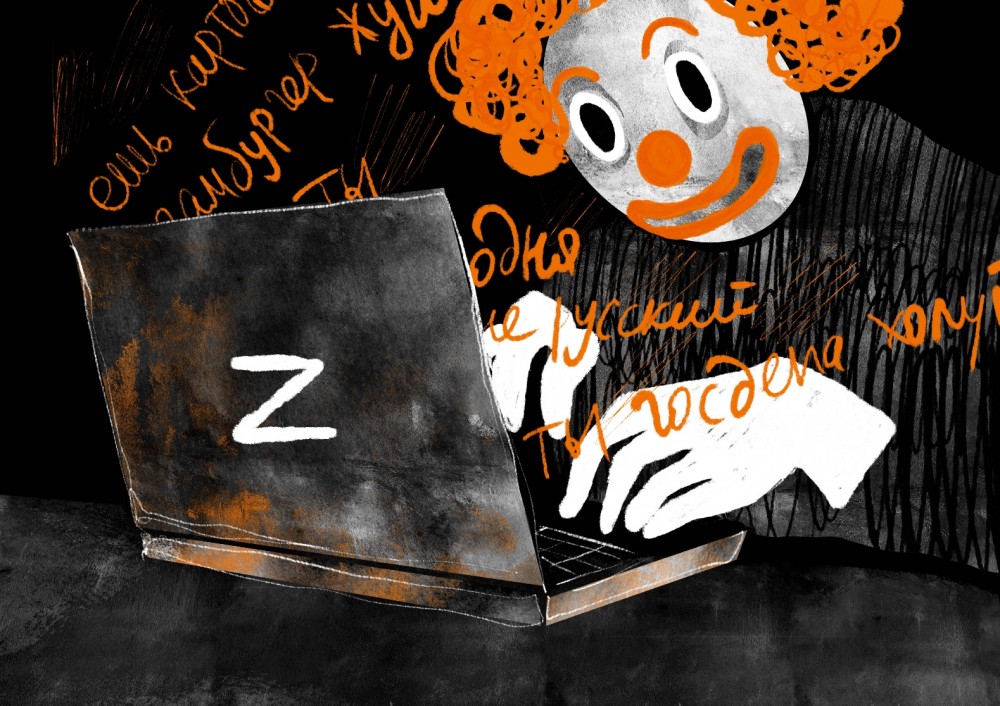
“Right after leaving I faced harassment in the local Arkhangelsk media,” says journalist Daria Poryadina. “They said that I was a traitor to the motherland, devouring khinkali in Georgia. They called me everything in these posts from being an author of posts about cats and dogs, and a flunker. Some insults were really offensive.
The harassment took place both on social media via “Pravda Pomorie Z” channel on Telegram and “Interesting Arkhangelsk” group on “Vkontakte” and in local news media. For example, the article in the local outlet Ekho severa (Echo of the North) mocked Olesya Krivtsova and activist Alexander Peskov for eating french fries at a McDonald’s in Lithuania:
Eat your potatoes
Gobble your burger
You are not Russian today
You’re a State Department lackey …
The creator of the Echo of the North project is Ilya Azovsky. In 2016, he was convicted of amphetamine possession.
Another example is the coverage of Olesya Krivtsova’ trial by the state TV channel “GTRK Pomorie”, in which the reporter focuses on the presence of Western journalists in court rather than on the case. Another example of this kind is the article of the local “News 29” outlet:
“The mother of Olesya Krivtsova claimed in court that her daughter is a kind, decent and sympathetic person. However, what was missing from these confessions were the words about love for the homeland, for the country, for Russia. Probably, these concepts were foreign to this family,” said editor-in-chief Sergey Marinin. This man had previously cooperated with the FSB: he was used to obtain evidence against a corrupt official whom Marinin, together with his partner, intended to bribe.
Journalist Alexander Peskov believes that the social media groups used for harassment are supervised by the security forces. This is confirmed by the videos of apologies published there and photographs from the search of Olesya Krivtsova’s apartment: who else could this content come from if not from the people who produced it? Nevertheless, Peskov does not see a “systematic approach” in the media harassment of the opposition.
“They do have some idea-driven people who perceive the opposition as enemies of the people. They just enjoy doing it. I doubt that this work is paid,” says Peskov.
Shies trail
Activist Ilya Leshukov believes that the intensity with which the protest movement was smashed in the Arkhangelsk region is connected with Shies, when people were able to influence the authorities through protests. And in wartime any activity is dangerous: with thousands of young people dying at the front, ongoing mobilization, isolation of the country and sanctions pressure dissatisfaction with the regime intensifies.
“This is really a purely regional case. The victory of civil society in Shies still “backfires”, says Leshukov. “Orders to make a nightmare for show come from above, from Moscow. They believe that Arkhangelsk is still a protest region, a tinderbox that can explode.”
“Many Shies activists did not agree with the war unleashed by Putin,” Alexander Peskov explains. He says that almost half of the administrative cases in the region [for discrediting the army] were against Shies activists or those who supported the Shies protest. Four out of six widely publicized discreditation cases are also filed against activists.
“Indeed, some things, for example, an apology on camera, were not typical for the northern regions before,” states human rights activist Alexei Kuroptev from Arkhangelsk, who now lives in Kirkenes, Norway. “But the state now has a big demand for repressions, for their toughening. And the goal is to discourage people from participating in anything.”
Faces of the protest
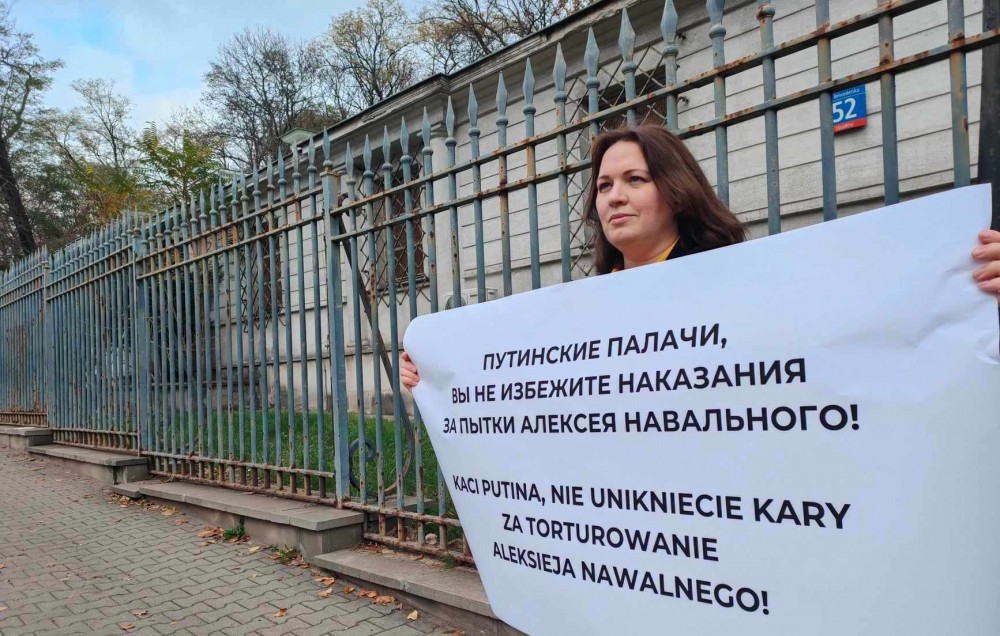 Olga Shkolina. Arkhangelsk – Warsaw. Activist.
Olga Shkolina. Arkhangelsk – Warsaw. Activist.
Shkolina participated in the Moscow March against Scoundrels in 2013 and was involved with Alexei Navalny’s office in Arkhangelsk and in a protest against the construction of a landfill in Shies. She was criminally charged for participating in a video in support of Alexei Navalny, who was detained after returning to Russia. Searches at Shkolina’s place were carried out after the start of the war with Ukraine. She was detained on March 23, along with Ilya Leshukov, Alexander Peskov, Daria Poryadina, Yegor Butakov, Ruslan Akhmetshin and Elizaveta Bychkova. Shkolina was charged with creating a non-profit organization that infringes on the rights of people, as well as inciting hatred or enmity. She left Russia in the summer of 2022 together with her teenage daughter and is now in Poland.
Photo: privat
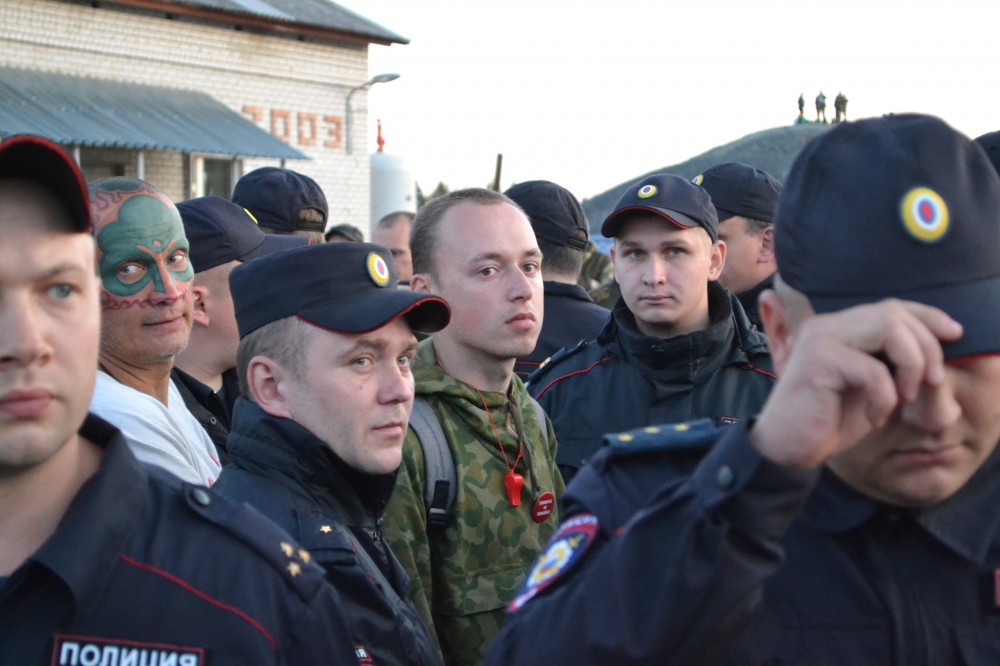
Alexander Peskov. Vologda – Arkhangelsk – Vilnius. Activist and journalist.
Peskov joined the protest movement in 2018 when he began to participate in rallies and help organize them. He joined Navalny’s regional office and later became its head. In September 2018, he was fined 400,000 rubles for organizing rallies against raising the retirement age.
He participated in protests against the construction of a landfill in Shies and was one of the creators the “Pomorie is not a garbage dump” public campaign. In 2019, he began to engage in journalism. After the start of Russia’s full-scale invasion of Ukraine he went to trials against anti-war activists as a public defender. On March 23, 2022, the apartment where he lived with his girlfriend Daria Poryadina was searched. Later, he was criminally charged with insulting a representative of the authorities. He left Russia and is now in Vilnius.
Photo: Evgeny Serov
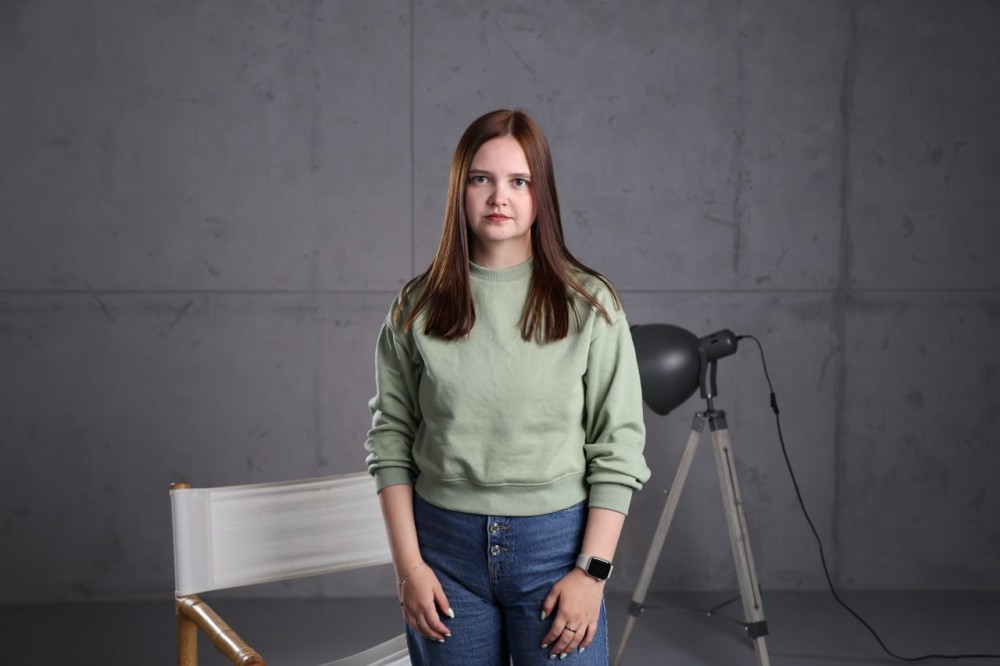
Daria Poryadina. Arkhangelsk – Vilnius. Activist and journalist.
Poryadina started to engage in protest activities in 2018 and in the same year she entered NArFU to study journalism. In the fall of 2018, she began participating in protests against the landfill in Shies and joined the Yabloko political party. In 2020, she began working as a journalist for SOTA. She was mostly a straight A student at NArFU with the exception of just two exams where she got Bs. On March 22, 2022, the police came to search the apartment she lived in with her boyfriend Alexander Peskov. She and Peskov left Russia on March 27, 2022. Poryadina was denied to take a remote exam and academic leave. NArFU eventually expelled her yielding to pressure from the FSB. She now lives in Lithuania.
Photo: Petr Ivanov
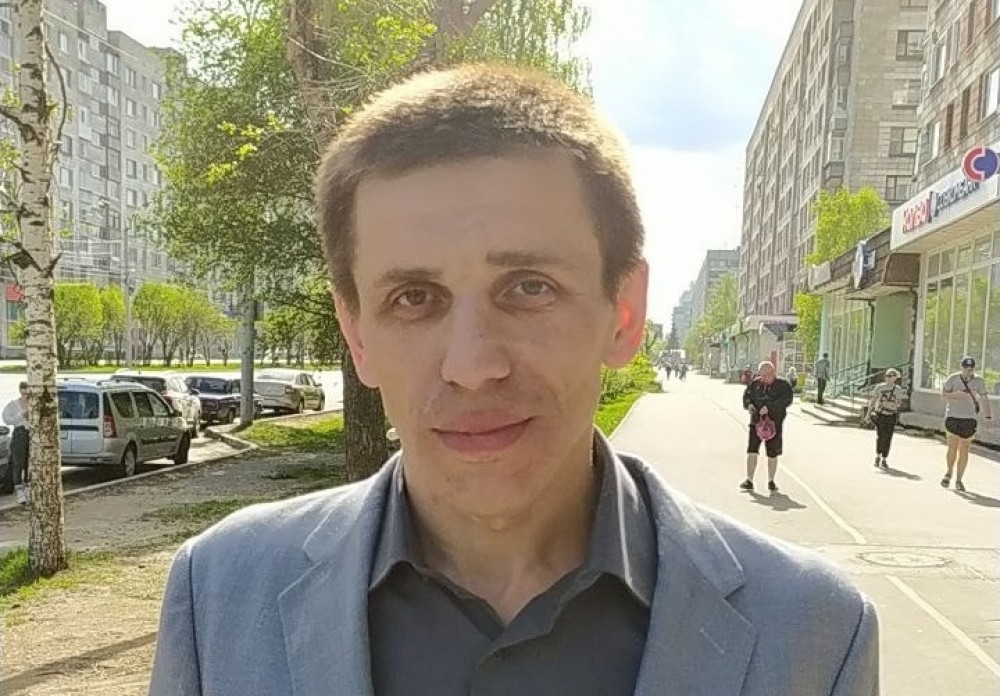
Andrey Borovikov. Arkhangelsk – Saint Petersburg. Activist.
Borovikov was a Shies activist and a member of the “Pomorie is not a garbage dump” campaign. In 2018, he became the coordinator of Navalny’s Arkhangelsk office. In September 2019, he was tried under the “Dadin” article (repeated violation of the procedure for organizing mass events) and sentenced to 400 hours of compulsory work. On April 29, 2021, the court sentenced Borovikov to 2.5 years in prison on charges of distributing pornography for reposting a clip of the German band Rammstein. Later, his sentence was reduced due to the birth of a son. He served 2 years and 3 months in a general penal colony. Now he is in Russia. He is recognized as a political prisoner.

Olesya Krivtsova. Arkhangelsk – Vilnius – Kirkenes. Activist.
Krivtsova studied at NArFU. She was detained on May 10, 2022 and charged with “discrediting” the Russian army for distributing leaflets in which Krivtsova reminded that veterans of the Great Patriotic War also live in Ukraine. In December, she was criminally charged with discrediting the Russian army and justifying terrorism for her anti-war posts on social media. On these charges, Olesya Krivtsova faced up to ten years in prison. She fled from house arrest and was able to get to Lithuania with the help of human rights activists. She is now in Kirkenes, Norway.
Photo: Thomas Nielsen
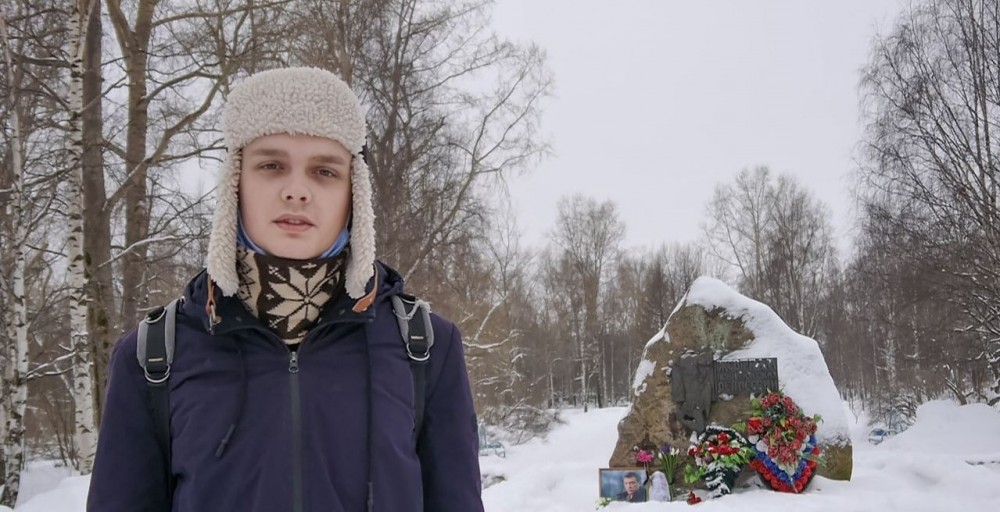
Egor Butakov. Arkhangelsk. Ex-activist.
Butakov headed Navalny’s office in 2021. After mass searches on March 23, 2022, he became a suspect in the “FBK case”. He almost immediately began to cooperate with the investigation. Under pressure, he took part in denunciation of activist Ruslan Akhmetshin, the head of the Parnas party regional office Yuri Shcherbachev, as well as Lidia Chanysheva, coordinator of Navalny’s office, who was sentenced to 7.5 years in prison. On January 16, he was sentenced to a year of restriction of freedom under Article 239 of the Criminal Code of the Russian Federation. He is recognized as a political prisoner.
Photo: Ruslan Akhmetshin
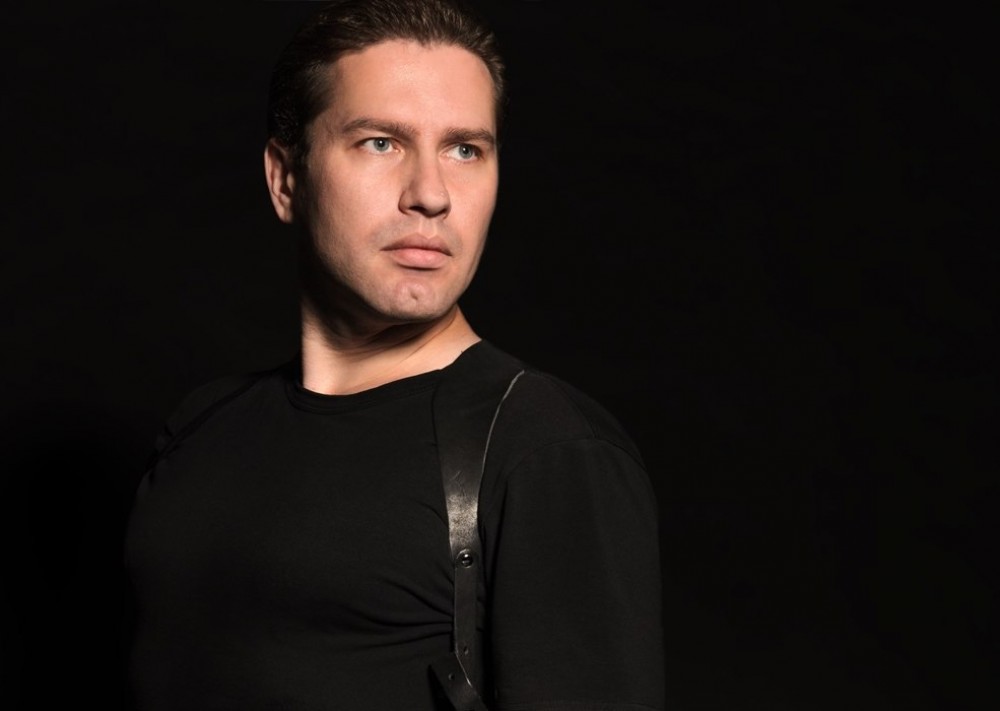
Ruslan Akhmetshin. Arkhangelsk. Activist.
Akhmetshin worked as a cameraman at Navalny’s Arkhangelsk office and was a Shies activist. He was detained on March 5, 2022 following searches in his apartment and office and confiscation of his computer equipment. On March 23, 2022, Akhmetshin, along with other activists, underwent a second search in the case of “extremist organizations” of Alexei Navalny. In this criminal case, he was a witness. On May 9, 2022, Akhmetshin was detained at immigration control at Moscow Domodedovo Airport and taken into custody. On October 26, 2022, he received 2.5 years in a penal settlement: Akhmetshin was found guilty of rehabilitating Nazism for comments on social media where he quoted the writer Viktor Shenderovich and did not agree that May 9 is a day of mourning and sadness, not fun. Now he is in prison. He is recognized as a political prisoner.
Photo from personal page
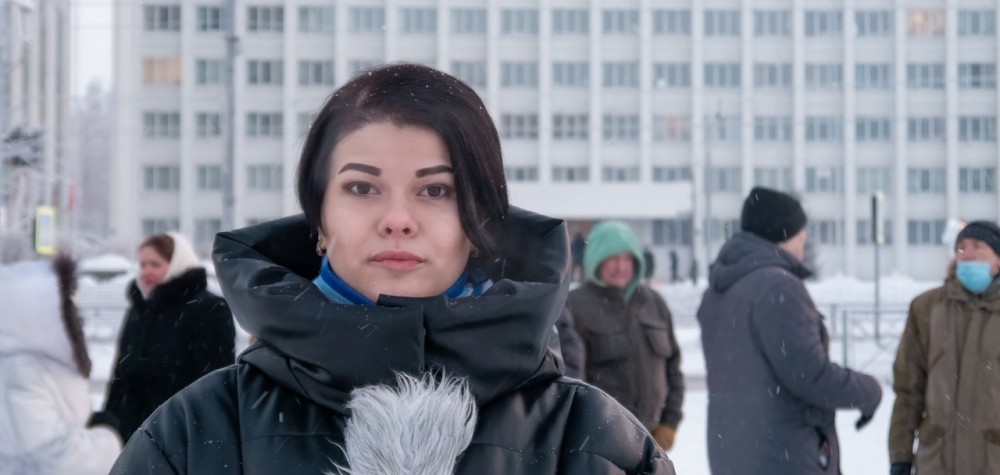
Elizaveta Bychkova. Severodvinsk – Arkhangelsk. Ex-activist.
Bychkova became head of Navalny’s office in Arkhangelsk in 2020, succeeding Andrei Borovikov. After mass searches on March 23, 2022, she became a suspect in the “FBK case”. Almost immediately, she began to cooperate with the investigation, thanks to which the charges were downgraded. According to SOTA, Bychkova has a serious illness. On January 16, 2023, she was sentenced to a year of restriction of freedom under Article 239 of the Criminal Code of the Russian Federation. She is recognized as a political prisoner.
Photo: Ruslan Akhmetshin
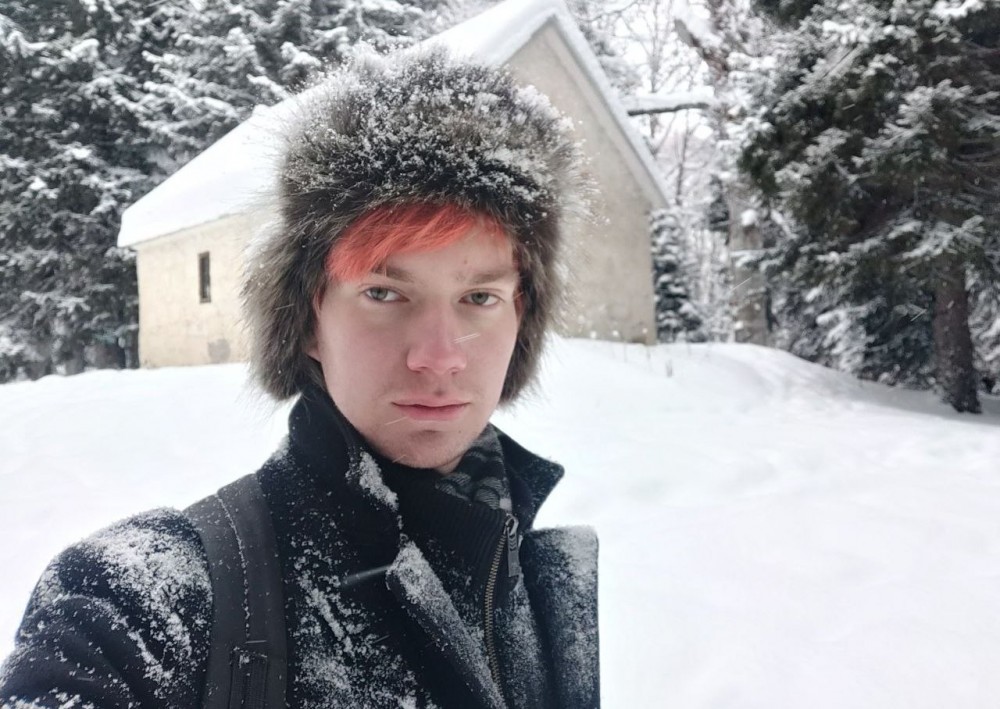
Ilya Leshukov. Arkhangelsk – Tbilisi. Activist.
Leshukov got involved in protest activities in 2018: he went to rallies, organized protests, and was engaged in human rights advocacy. In 2022, after the outbreak of the war, he organized an anti-war protest. His first search took place on March 6, 2022: the security forces broke down Leshukov’s door and threatened him with criminal charges. FSB officer “Denis”/”Dmitry Nikolaevich” forced Leshukov to apologize on camera. The second search took place on March 22, 2022. On the same day, a video of Leshukov’s apology on camera appeared online. A campaign to harass Leshukov on social media began. He emigrated to Georgia at the end of March 2022 and now lives in Tbilisi. NArFU denied Leshukov an academic leave and later expelled him.
Photo: private
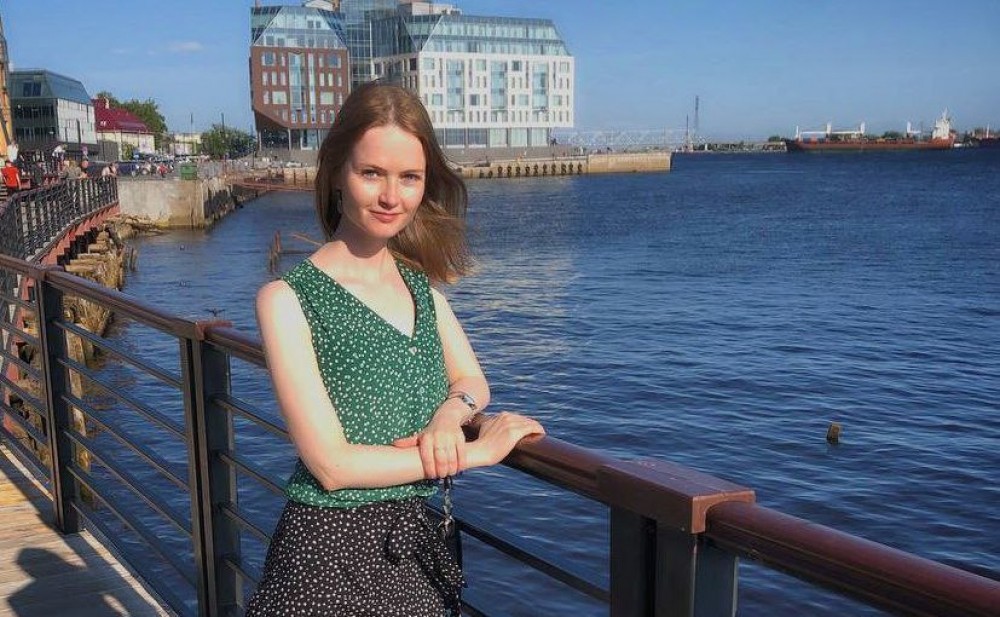
Yulia Chapurina. Arkhangelsk. Activist.
Chapurina is a Shies activist. She got involved in protest activities in 2018. She was fined twice for discrediting the army. She held one-person pickets and mini-performances and participated in events of the Feminist anti-war resistance. In 2022, she was criminally charged for the “repeated discrediting of the Russian army”. In 2023, she was fined 130,000 rubles. She remains in Russia.
Photo: private
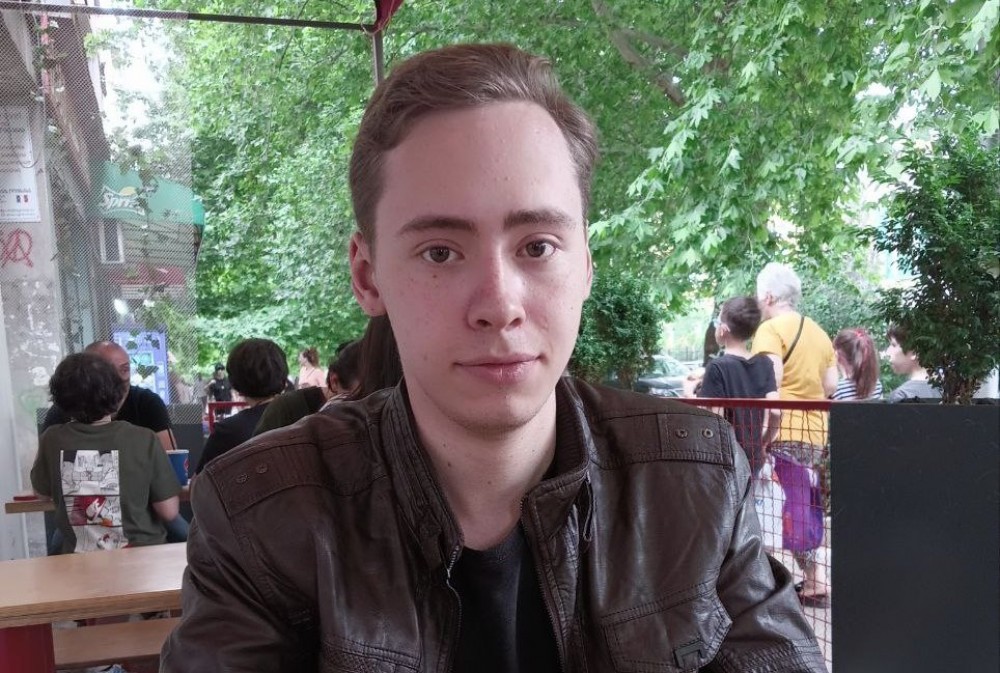
Andrey Kichev. Arkhangelsk – Tbilisi. Activist and journalist.
Kichev got involved in protest activity in 2020. He participated in rallies, held one-person pickets in support of Andrei Borovikov, as well as against the recognition of the Anti-Corruption Foundation as an extremist organization. In the summer of 2022, he began working as a journalist for RusNews. In September 2022, he was detained at a rally against mobilization he was covering and charged with “discrediting” the Russian army. At the rally, he was also given a summons to report straight to the military assembly station. A few days after the rally, Andrei was expelled from college. He emigrated to Georgia in October 2022.




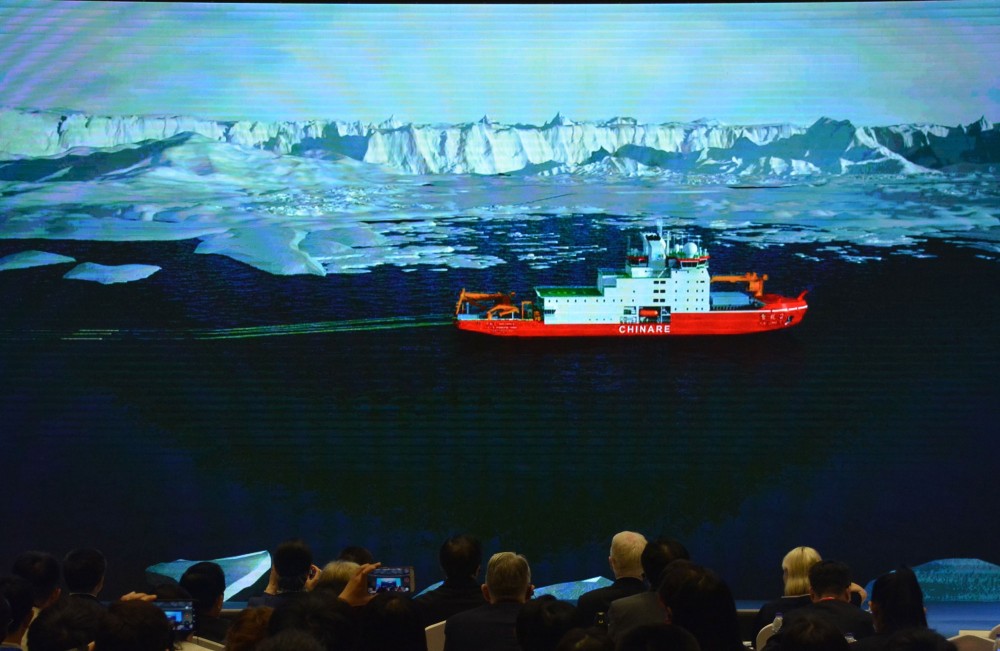
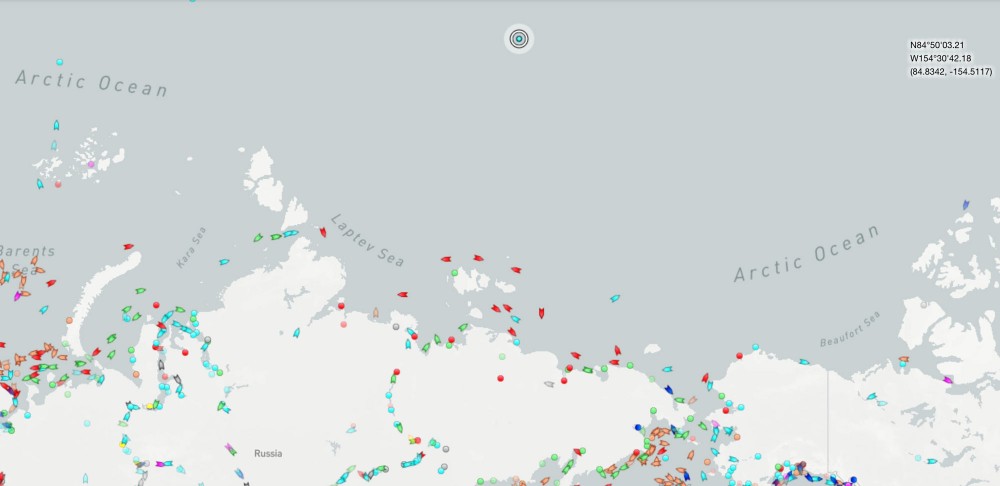
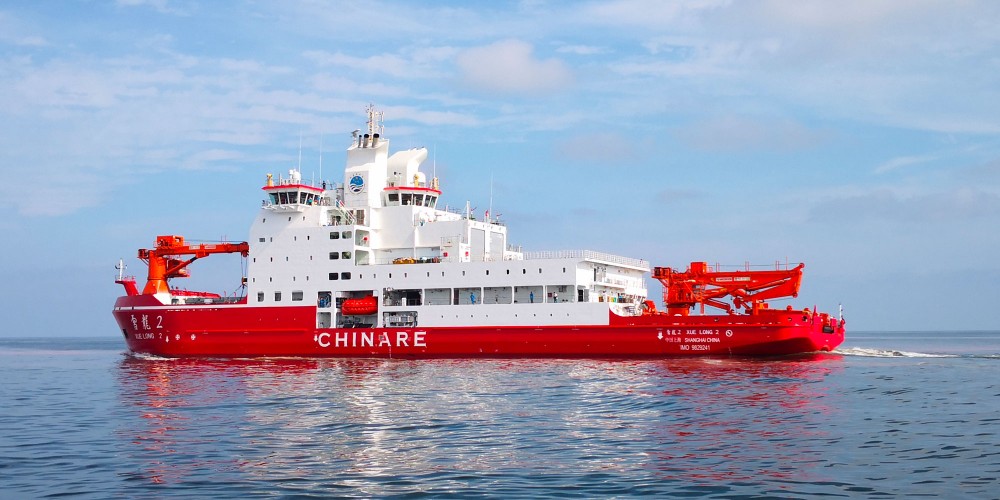
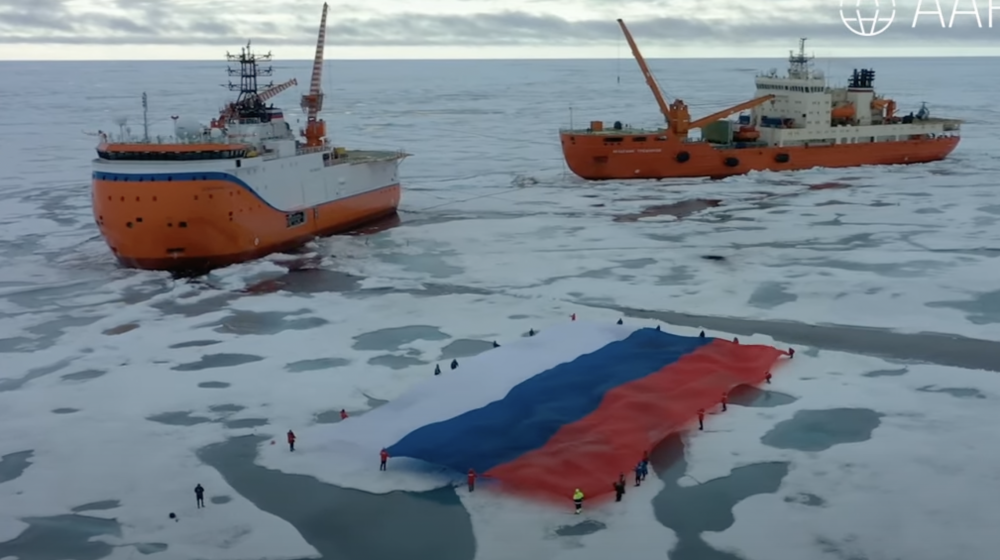

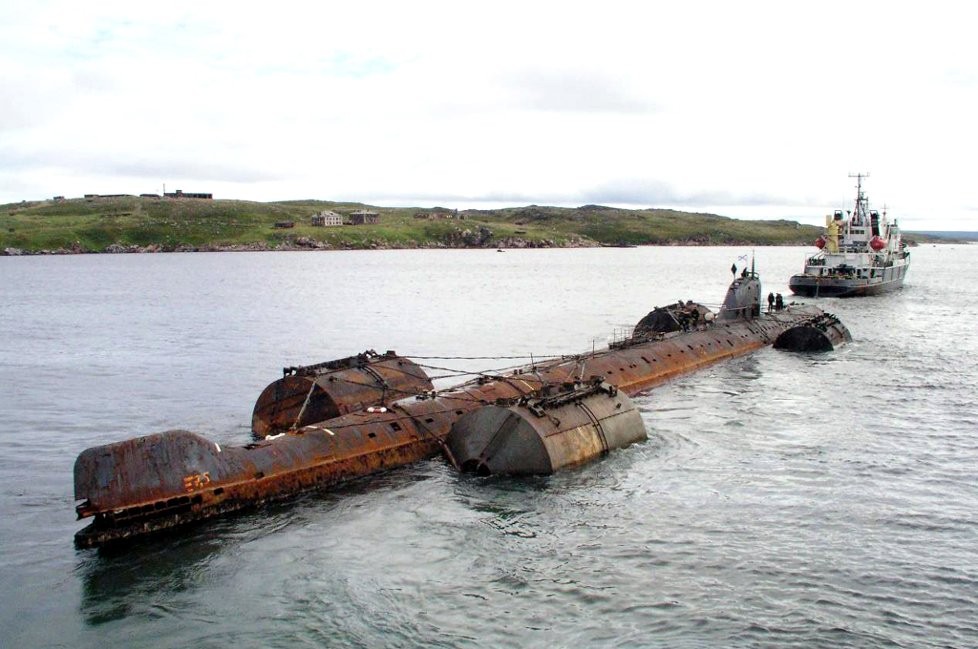
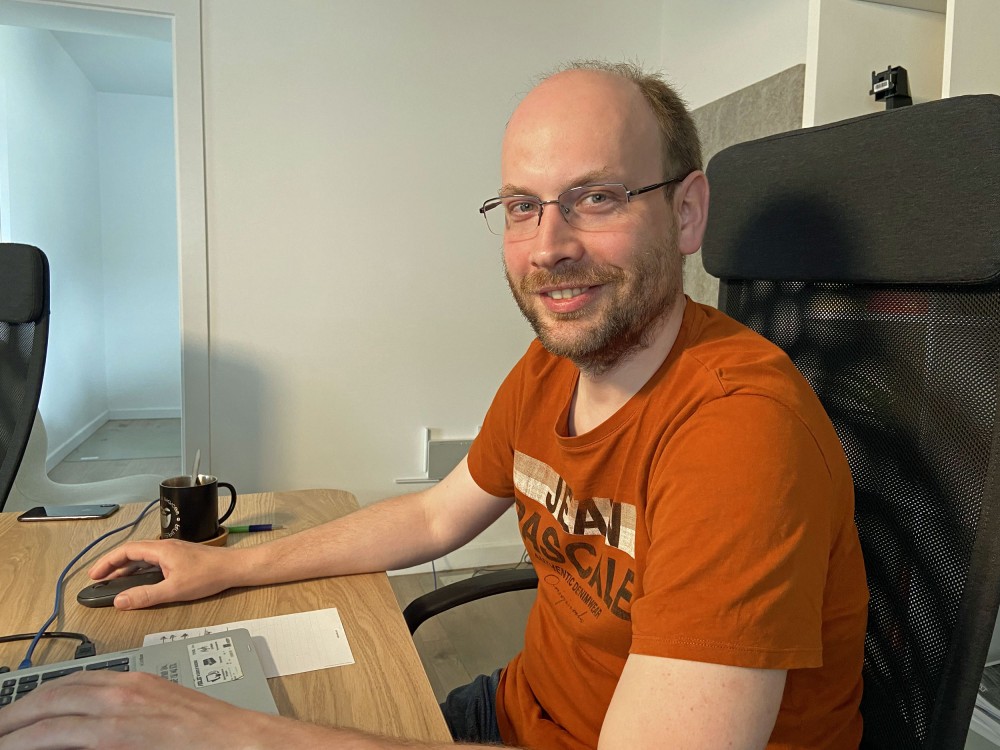
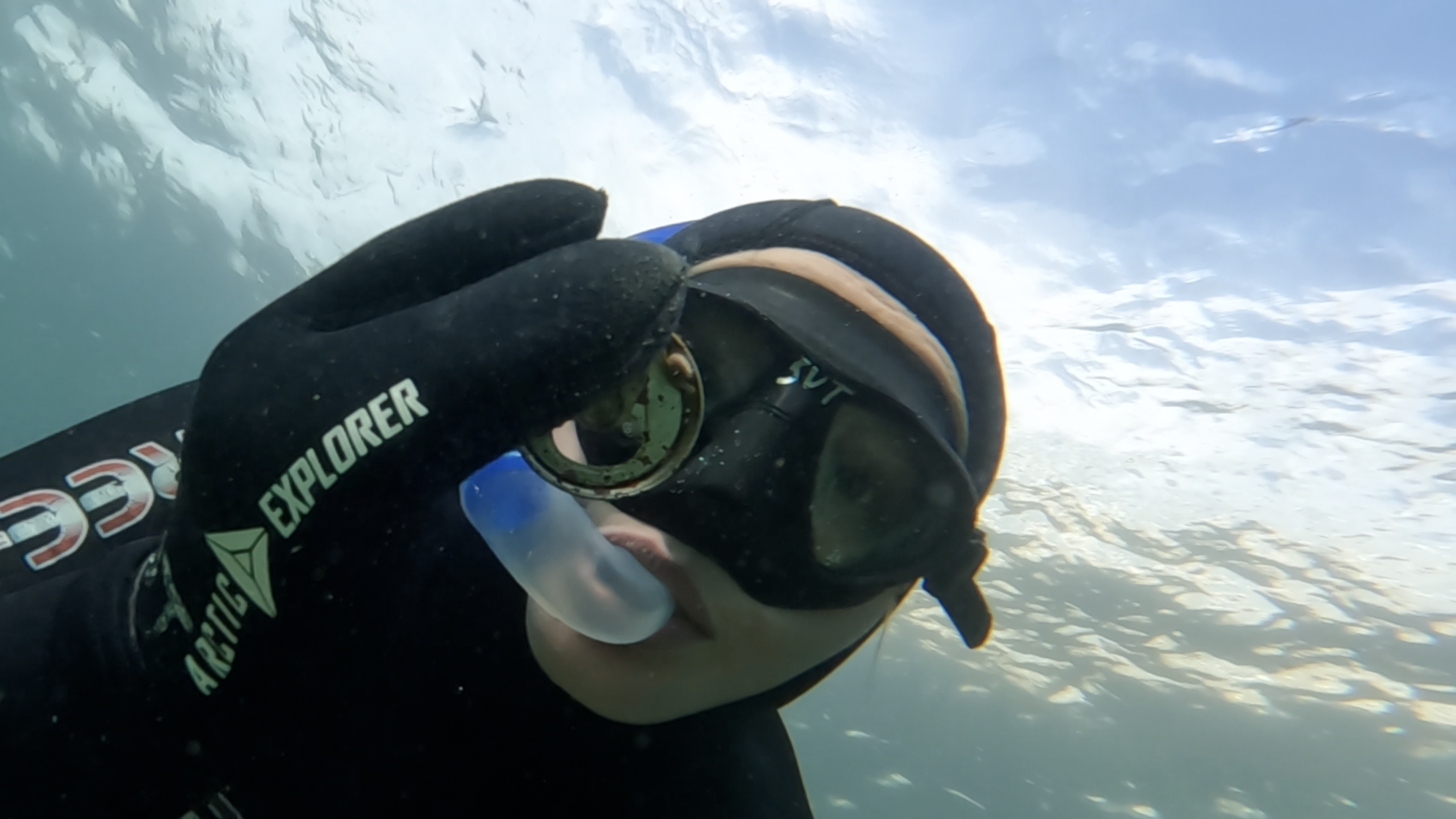
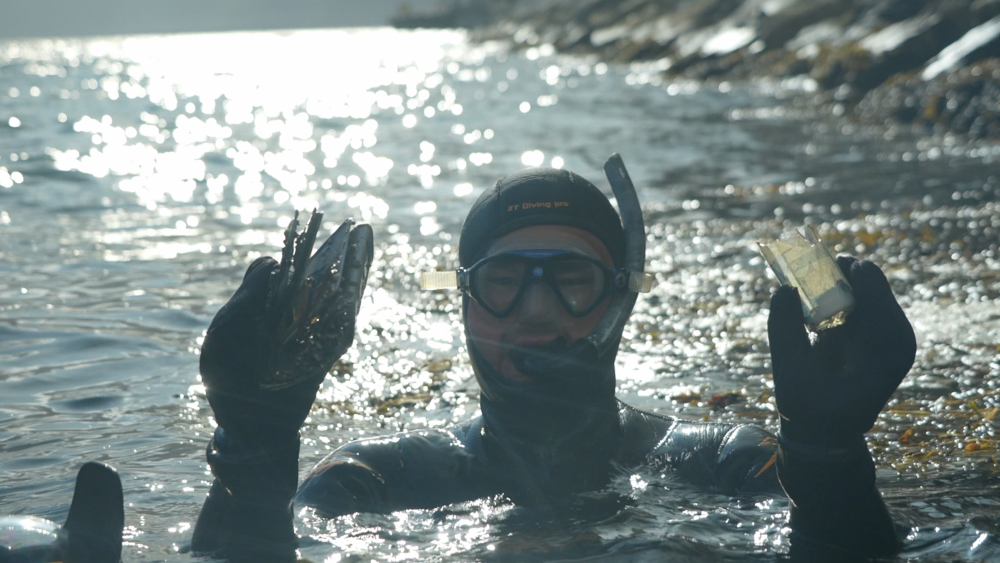



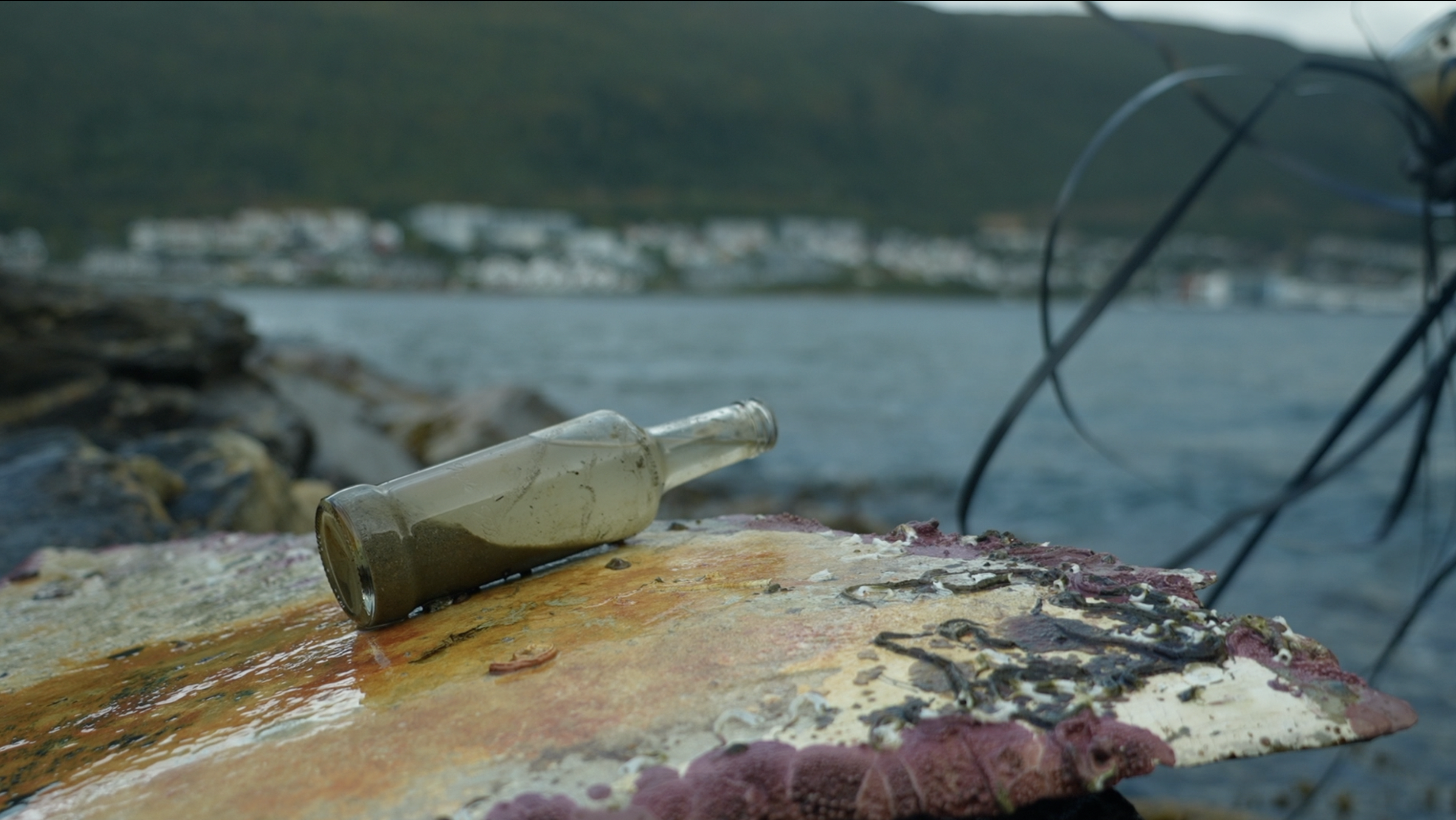
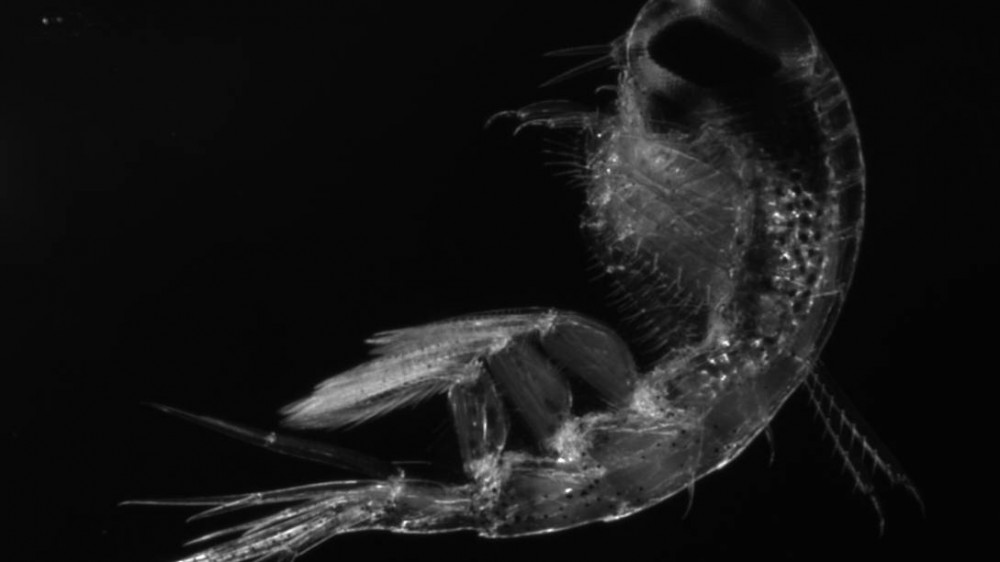
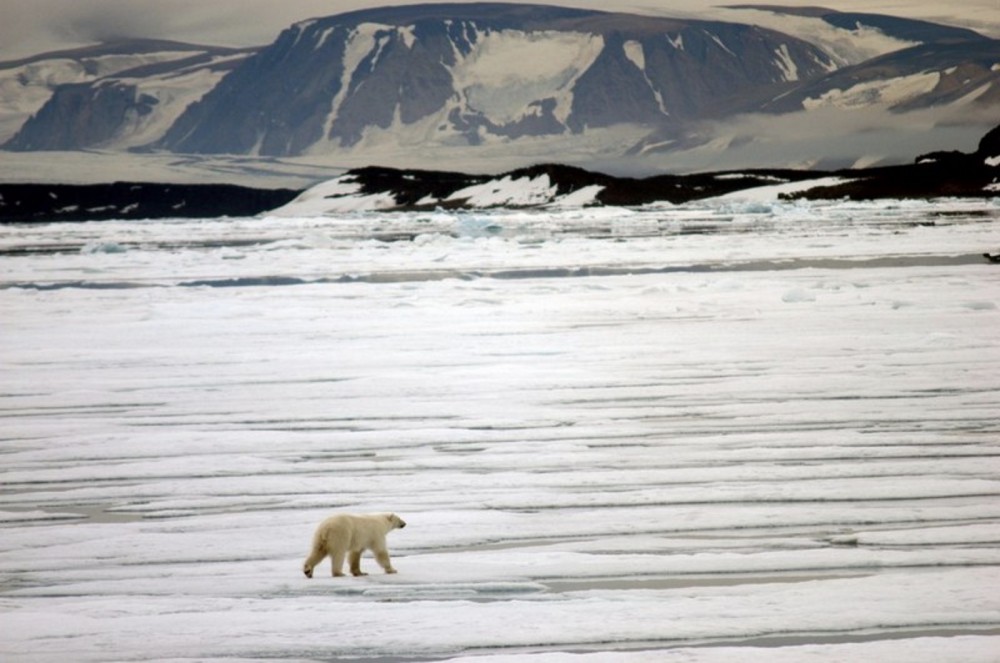
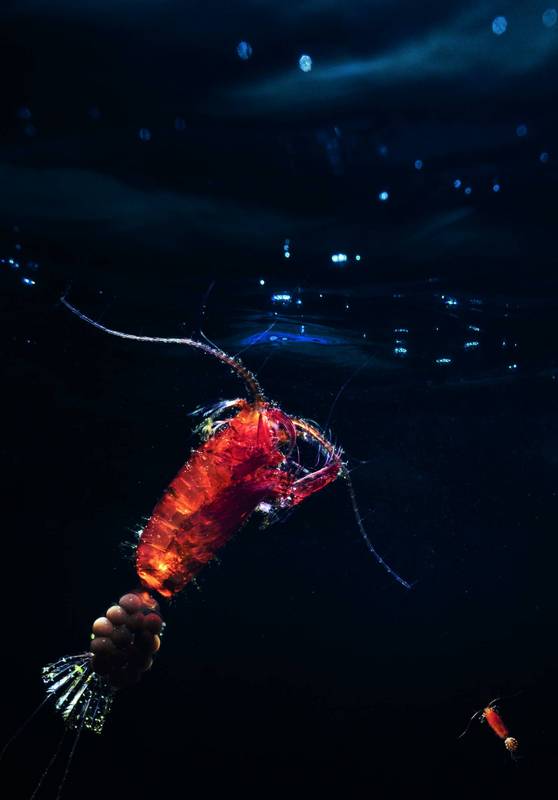
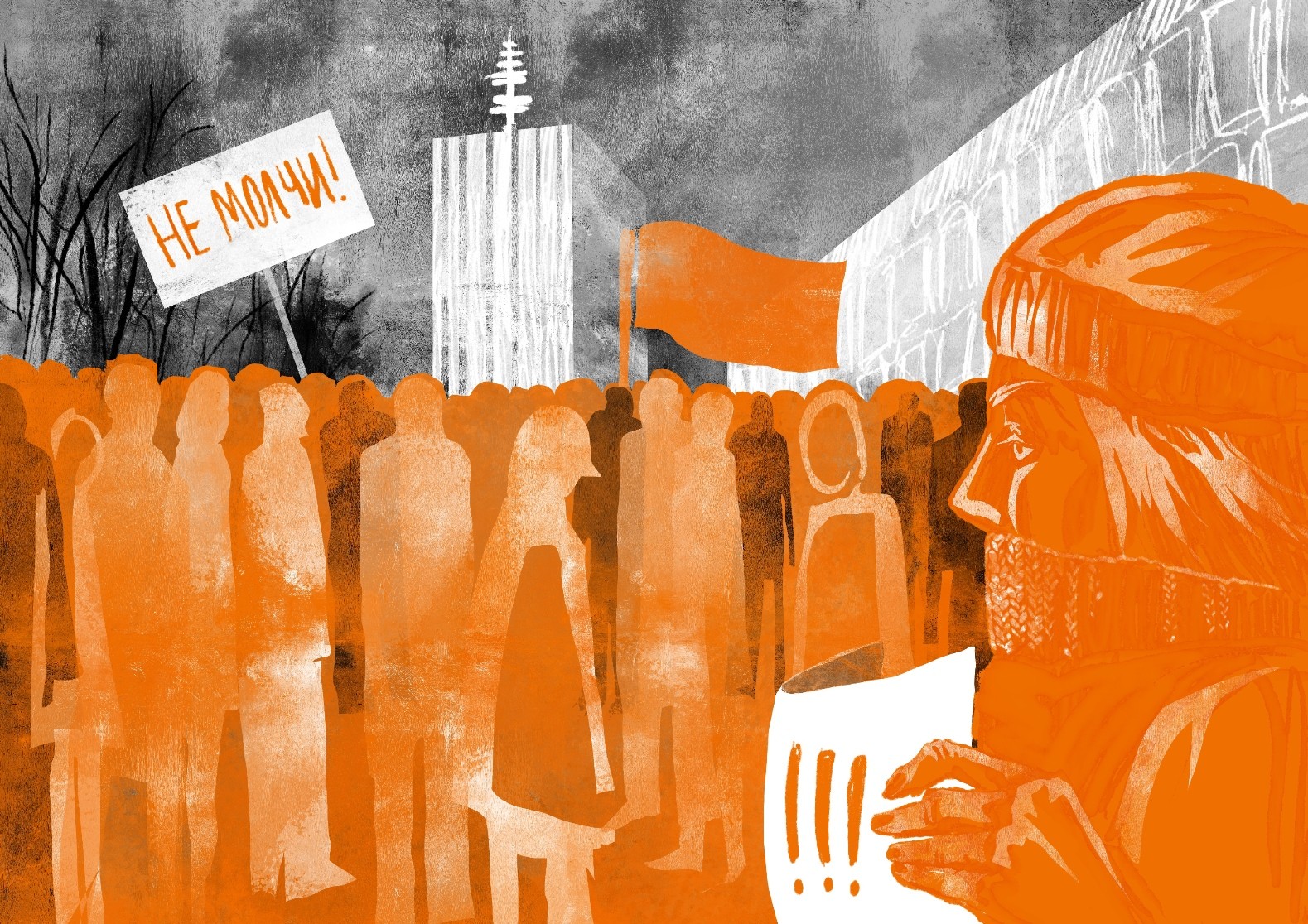
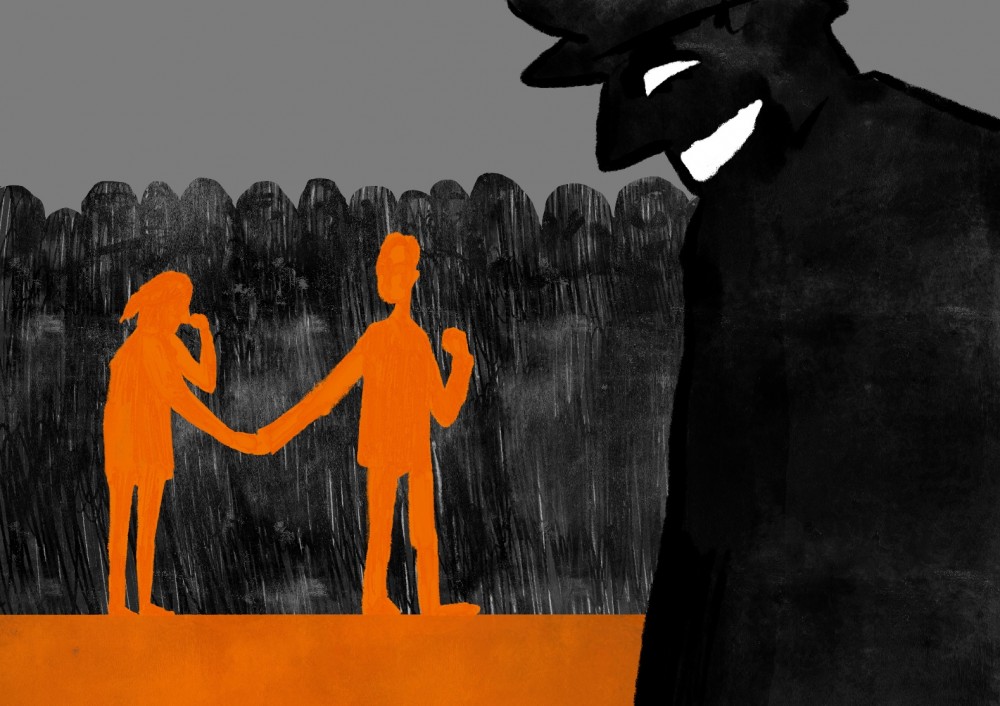
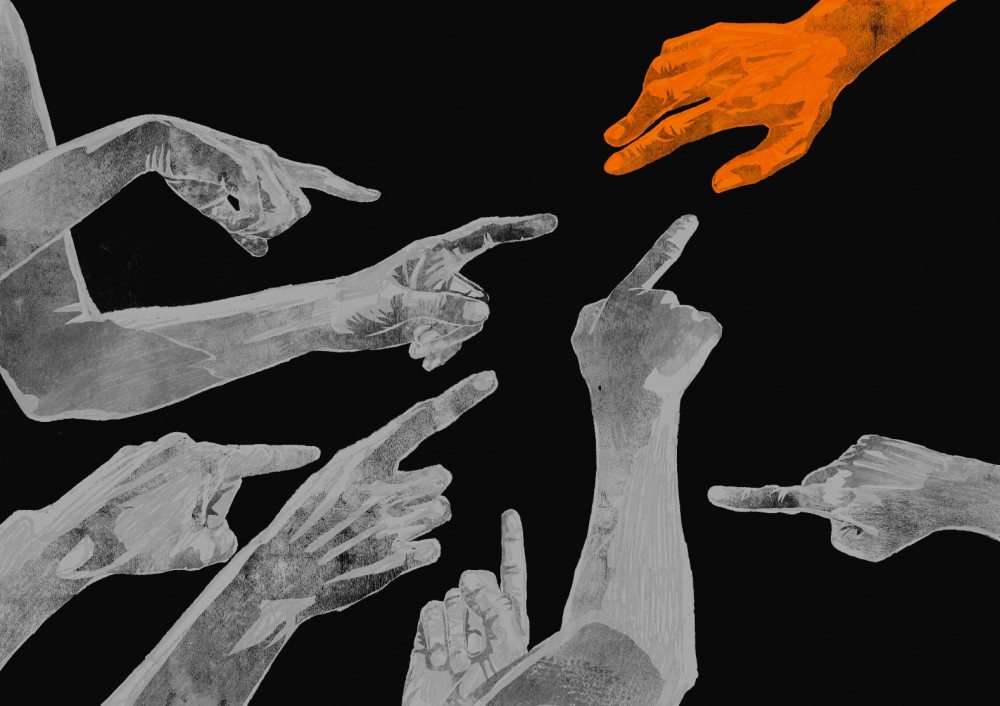
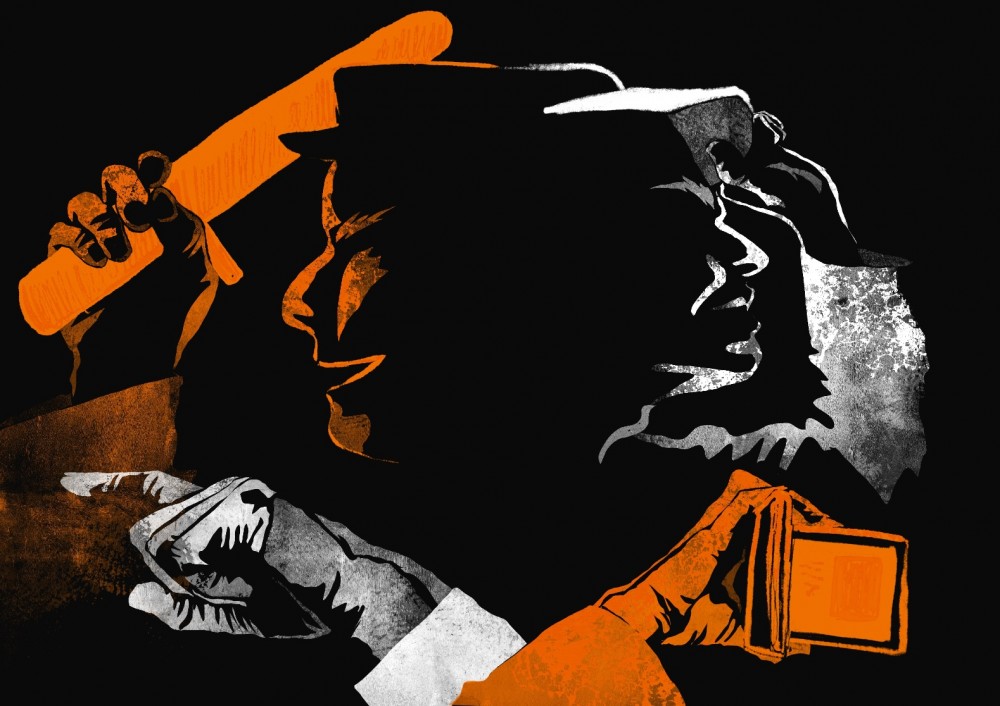
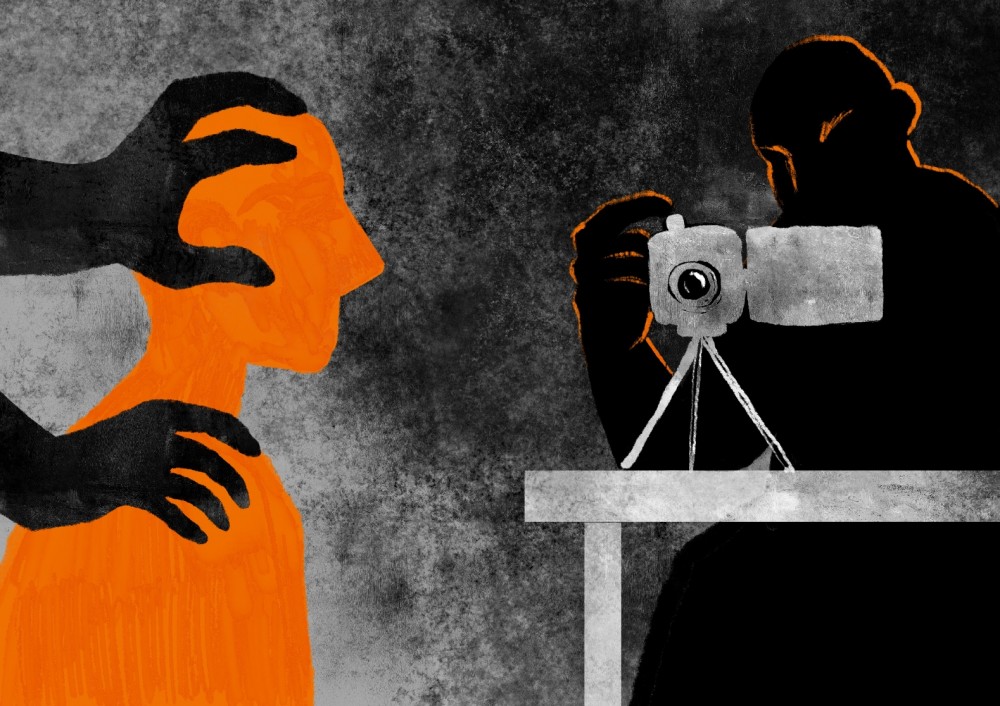


 Olga Shkolina. Arkhangelsk – Warsaw. Activist.
Olga Shkolina. Arkhangelsk – Warsaw. Activist.









